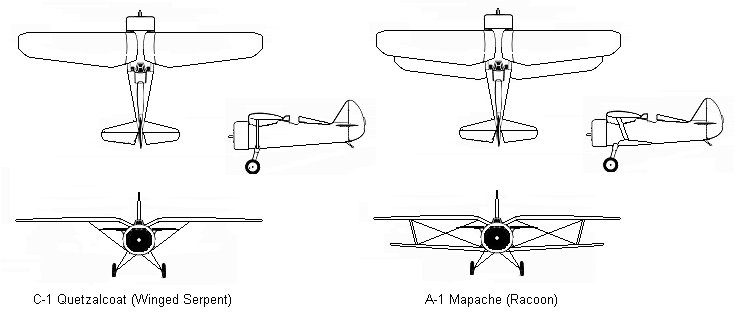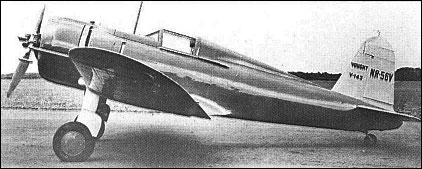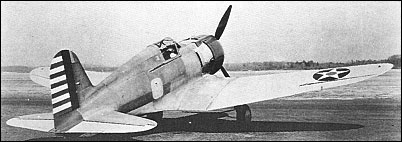You are not logged in.
Dear visitor, welcome to WesWorld. If this is your first visit here, please read the Help. It explains in detail how this page works. To use all features of this page, you should consider registering. Please use the registration form, to register here or read more information about the registration process. If you are already registered, please login here.
This post has been edited 1 times, last edit by "Brockpaine" (Mar 24th 2008, 5:12pm)








This post has been edited 5 times, last edit by "Kaiser Kirk" (Mar 25th 2008, 2:01am)



This post has been edited 1 times, last edit by "TheCanadian" (Mar 24th 2008, 10:14pm)
This post has been edited 1 times, last edit by "Hood" (Mar 25th 2008, 11:03am)
Quoted
Originally posted by Hrolf Hakonson
1937.3 - Line Bomber
Depending on what exactly is desired here and when, the He-111, the Ju-88, the Dornier Do-217, and the Ju-90S can be offered. All of them meet the listed requirements, but the manufacturers would like more detail on what constitutes "night capabilities" and "good loadout".
This post has been edited 3 times, last edit by "Red Admiral" (Mar 25th 2008, 6:34pm)

This post has been edited 1 times, last edit by "Desertfox" (Mar 25th 2008, 7:22pm)
Quoted
Originally posted by Desertfox
Why scrap the seaplane fighter requirement? Australia has a pair of nice designs and another one coming.
Quoted
Originally posted by Brockpaine
Quoted
Originally posted by Desertfox
Why scrap the seaplane fighter requirement? Australia has a pair of nice designs and another one coming.
My current line of thinking is thus: if I buy seaplane fighters, then I'm wasting a perfectly good fighter by attaching floats to it. Now, I understand why Australia and the Netherlands have developed them, to use from undeveloped islands in Indonesia - but I don't have that to factor in, particularly since I lack a long coastline and just have to operate on the Black Sea. I'll just earmark the fighters I buy for the Maritime Fighter Orlyak, and if I have to use them for, say, a war with Yugoslavia, then they'll be useful over there, too.
 .
.
Quoted
Originally posted by Red Admiral
Quoted
War between the Yugos and the Bulgar's is Romania's worst nightmare, because then she has to figure out which aggreement she has to break,
Easy choice. Stay neutral, then attack both when they're weak.
Quoted
Originally posted by TheCanadian
Hence the reason Romania never went with a seaplane fighter, no real need. I'm surprised you didn't ask for some torpedo bombers though. Although the chance of Bulgaria facing superior numbers in the Black Sea is much less than Romania's considering your allied with a much stronger naval power than me.
War between the Yugos and the Bulgar's is Romania's worst nightmare, because then she has to figure out which aggreement she has to break, so let's play nice now.
Quoted
Originally posted by Brockpaine
1936.1 - Army Recon
While the Fw-189 was tempting Bulgaria was more tempted by the possibilities to outfit the Fokker G.I as a fighter, bomber, recon, and ground-attack plane. 36 will be acquired starting January 1936 and extending to December '36.
Quoted
1936.2 - Light Level-Bomber
Buying 48 Spartan Sp-21M Vanquish II medium bombers, starting in January 1936 and taking four deliveries per month until December 1936. The similarity of the Sp-21M to Bulgaria's existing Sp-21As was a defining factor in their purchase.
Quoted
1936.3 - Seaplane Fighter redefined as Maritime Fighter
The requirement for floats was dropped and negotiations allowed Bulgaria to specify an armament of two MG131 13mm MGs and four MG17 7.92mm MGs for the Supermarine Spitfire. 36 aircraft will be purchased, with deliveries starting in April 1936 and extending to June. The Spitfires are being paid for by the Tsar and being gifted to the VNVV.
Quoted
1936.4 - Spotter/Liaison
36 Fieseler Fi 156 Storch aircraft will be purchased in Q3/36.
1937.1 - Army Recon/Air Support
36 Fokker G.Is, probably of the B version, will be purchased starting in Q1/37 and extending to Q4/37.
1937.2 - Fighter-Interceptor
Bulgaria will be buying Fokker/Avia B.135s built at the DAR/Avia plant in Bulgaria. The VNVV wants to support the local manufacturer and have a steady supply of parts and aircraft in case of a war.
1937.3 - Line Bomber
The VNVV announces that no more bombers, particularly not heavy bombers, will be purchased at this time.
Forum Software: Burning Board® Lite 2.1.2 pl 1, developed by WoltLab® GmbH
